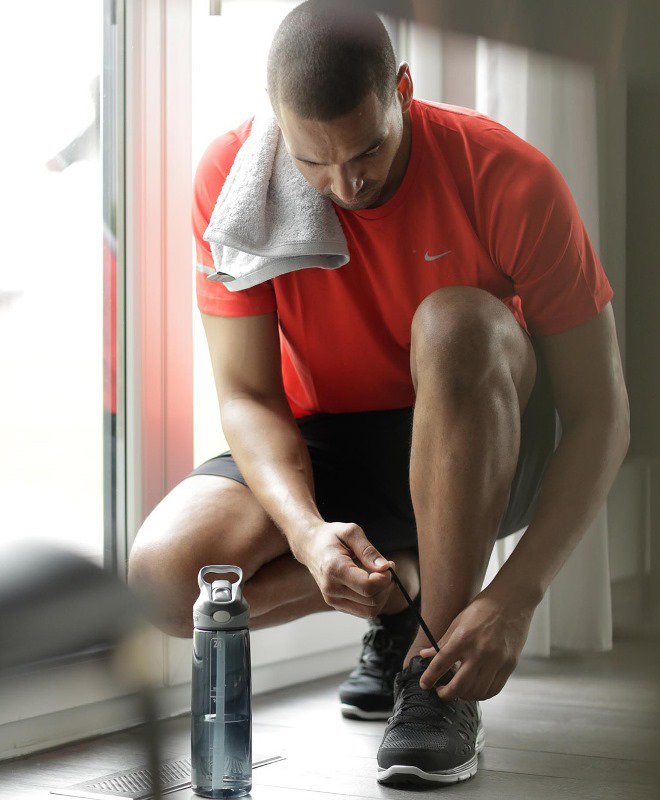
Taking the time to create a customized cross training program can help you to avoid injury, increase flexibility and become stronger in your chosen sport. Even better news: developing a program that will help you to meet your goals (whether you’re a competitive athlete or just getting started on a regular fitness program) is actually simpler than it sounds. The trick is deciding on your goal for each cross training session. Lets dive a little deeper into each style.
Supplementary cross training. This style adds to your regular workouts with an activity that will enhance your cardiovascular fitness and calorie burn, without additional impact. Adding sessions on your elliptical or indoor cycle can be a great way to fit additional workouts into your week. Elliptical workouts are a natural complement to running, allowing you to focus on running specific workout goals, without actually hitting the pavement. Using an indoor cycle is another way to supplement your running or outdoor biking with additional cardio sessions.
You can also build cross training directly into your scheduled runs by using planned walking breaks. This idea, promoted by Jeff Galloway, is directed at increasing your endurance by decreasing the stress of running on your body and can be a great way to tackle your first distance running event. Ultimately, supplementary cross training workouts allow you to work harder and longer, giving you a way to build endurance or speed without increasing your total impact.
Complementary cross training. These activities don’t directly translate to your primary activity, but are targeted at reducing your risk of injury and improving your form. They are directed at making you better at your primary activity through training healthy movement patterns and increasing your strength and flexibility. Mixing yoga into your cross training plan is a great way to improve your strength and flexibility. Although most people think first of flexibility when it comes to yoga, strength is also an important aspect of your practice. Yoga uses your bodyweight as resistance to build both upper and lower body strength, while the emphasis on breathing and meditation can reduce your stress level during your workout and improve your performance and concentration in your competitive event.
Active Recovery. Most non-impact and low impact activities can be included in this category if they are completed at an intensity that is low enough to allow your body to recover during your workout. Good choices include swimming, walking, restorative yoga, and even a gentle bike ride or elliptical session. These activities offer little to no impact, are likely to improve your range of motion, and will also work out the achiness from your last workout. They can also be a good way to keep up the habit of a daily workout, without increasing mental and physical stress. The key to gauging intensity for your active recovery sessions is to make sure you end the workout feeling better, both physically and mentally, than when you started.
Whether you’re looking to improve your sports specific performance or simply want to gain the benefits of a daily fitness program while reducing your risk of overuse injuries, there’s an approach to cross training that is right for you!
About the writer: Joli Guenther is a certified personal trainer, yoga instructor and clinical social worker practicing in and around Madison, Wisconsin.

